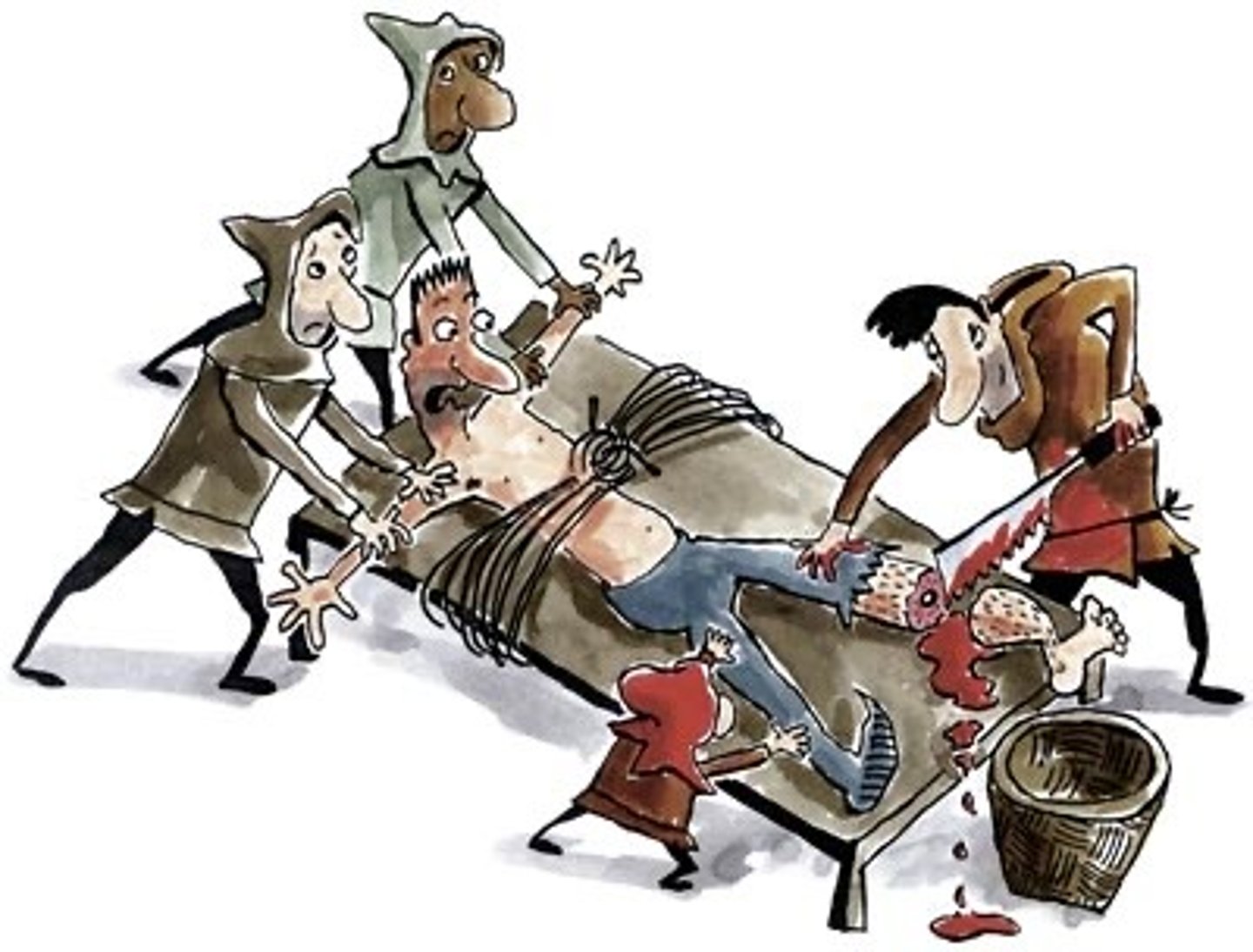Treatments for disease and illness in Medieval Britain: Medicine stands still, c1000-1500: History: GCSE (9:1)
1/12
There's no tags or description
Looks like no tags are added yet.
Name | Mastery | Learn | Test | Matching | Spaced |
|---|
No study sessions yet.
13 Terms
Physician
The medieval equivalent to a doctor

Apothacary
A man, often trained for 7 years, who experimented with potions, mixtures of herbs and spices, and new remedies and sold them. Mostly in towns or cities and didn't give the treatment themselves
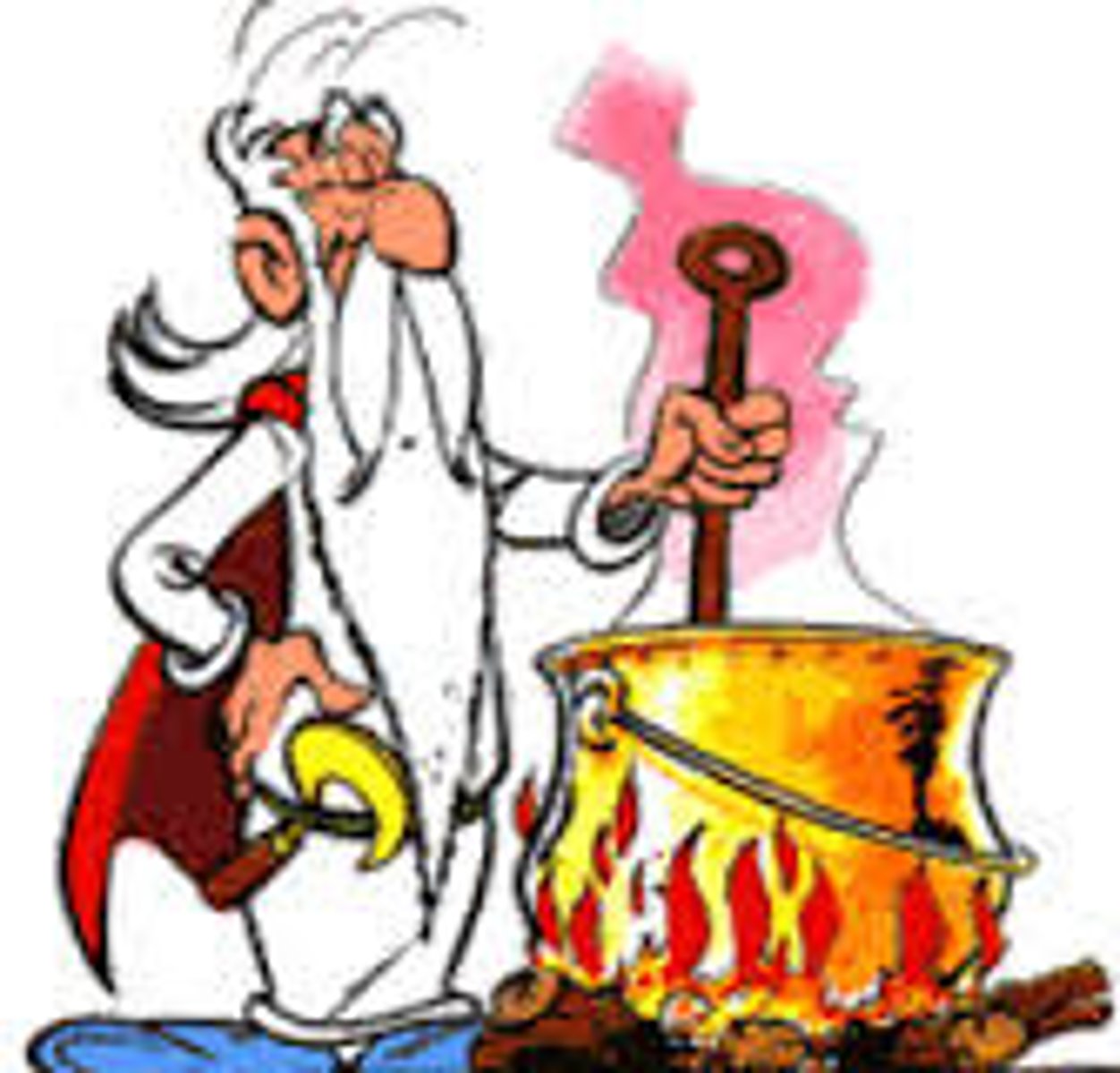
Wise woman
Women in smaller communities who provided herbal remedies and treatments. Knowledge and recipes passed down in the community. Some treatments effective ie) Camomile tea and a lay down on lavender pillows for a headache. Others were not ie) heating up a tooth with toothache to make the evil burrowing worms leave
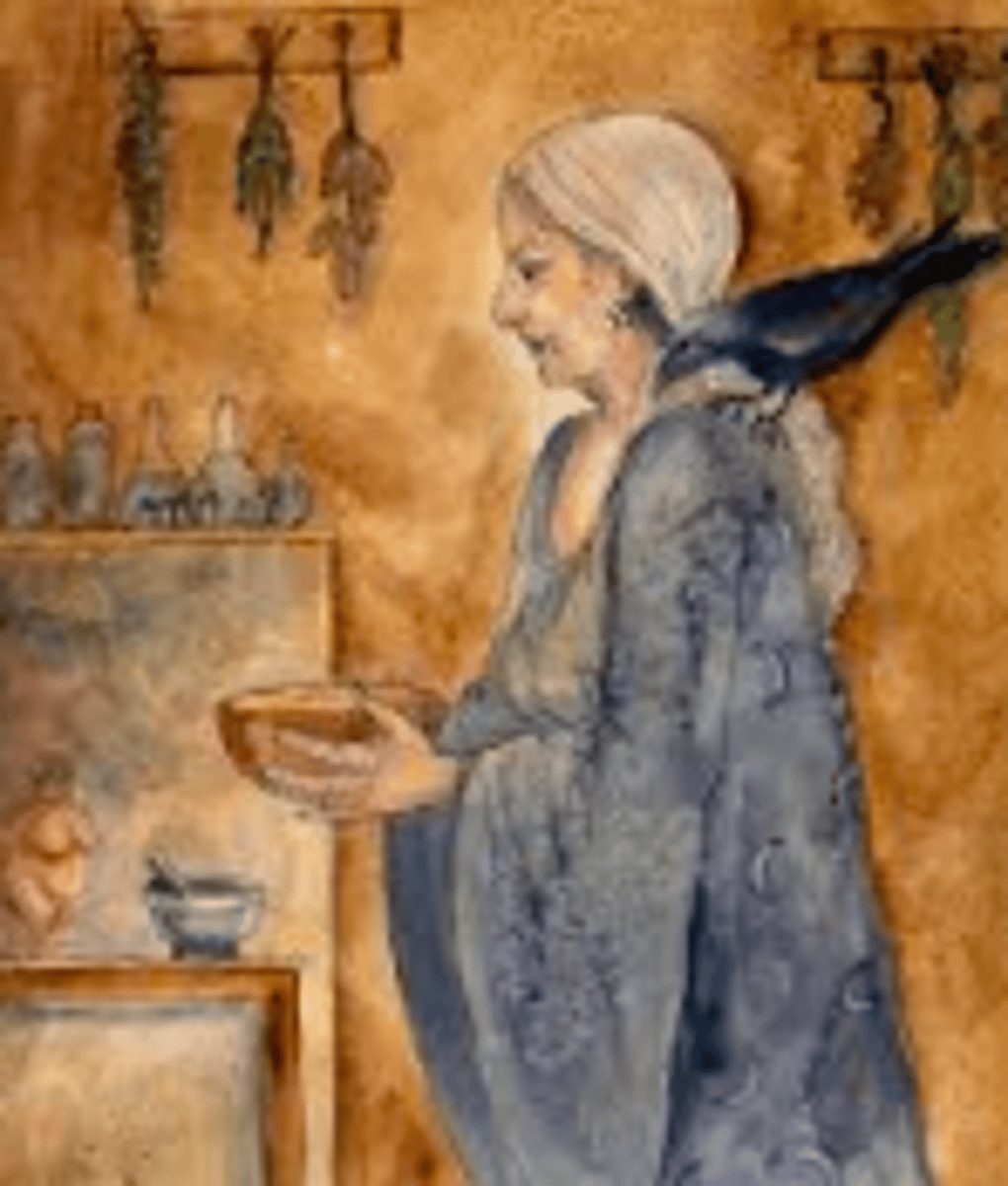
"Lady of the house"
Another name for a wise woman, particularly one who helped other women in the community with childbirth. Some well off women filled this function in communities
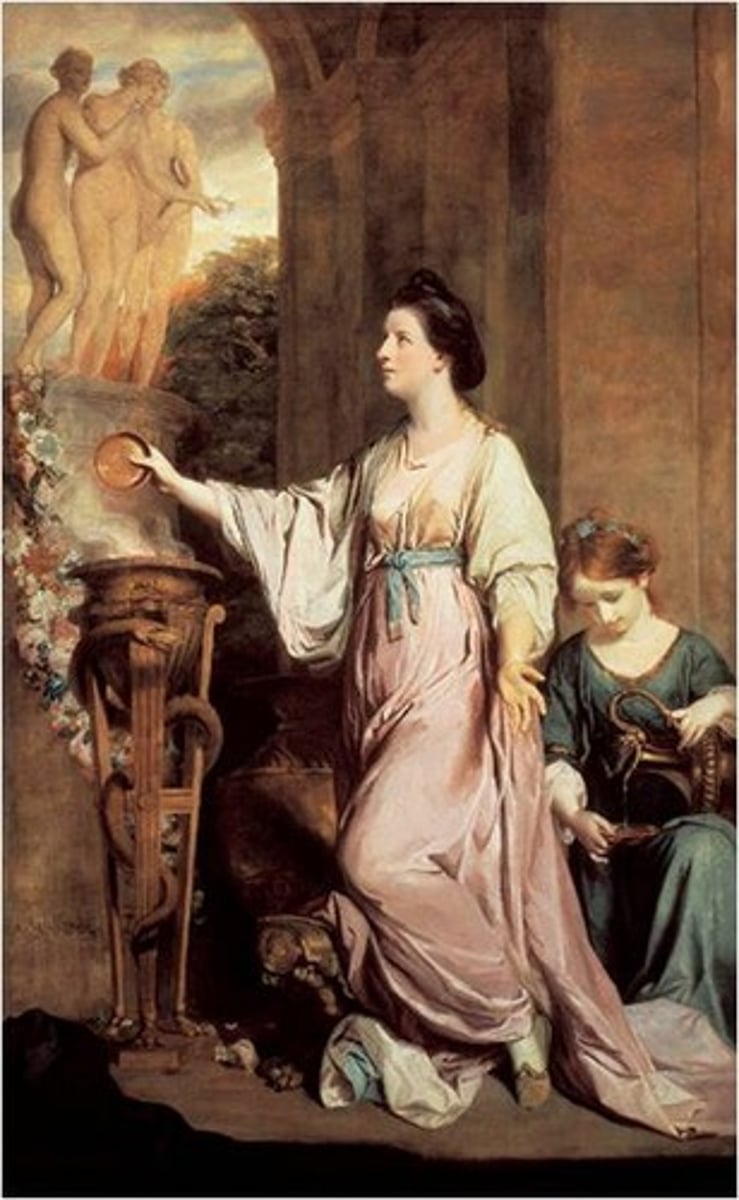
Herbal Medicine
Herbs were widely used as remedies for a variety of aliments in the medieval period. Herbal medicines often contained ingredients such as honey and a mixture of other plants and herbs. Herbal remedies were often closely family guarded and passed down through generations. Some were recorded in books and have helped identify some plants that do indeed help treat some illnesses in modern day!
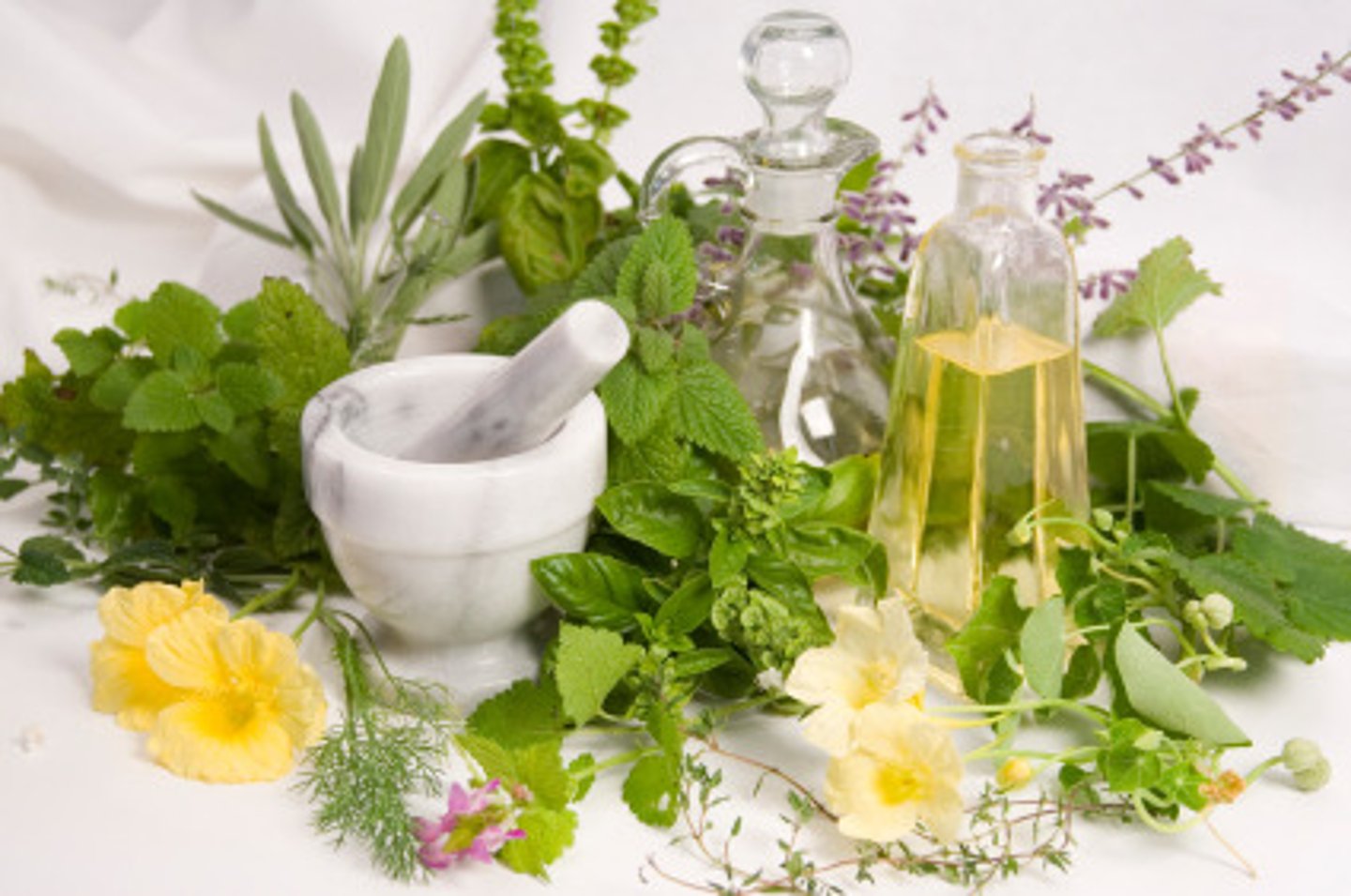
Simples
A medicine made up of a single herb or spice only
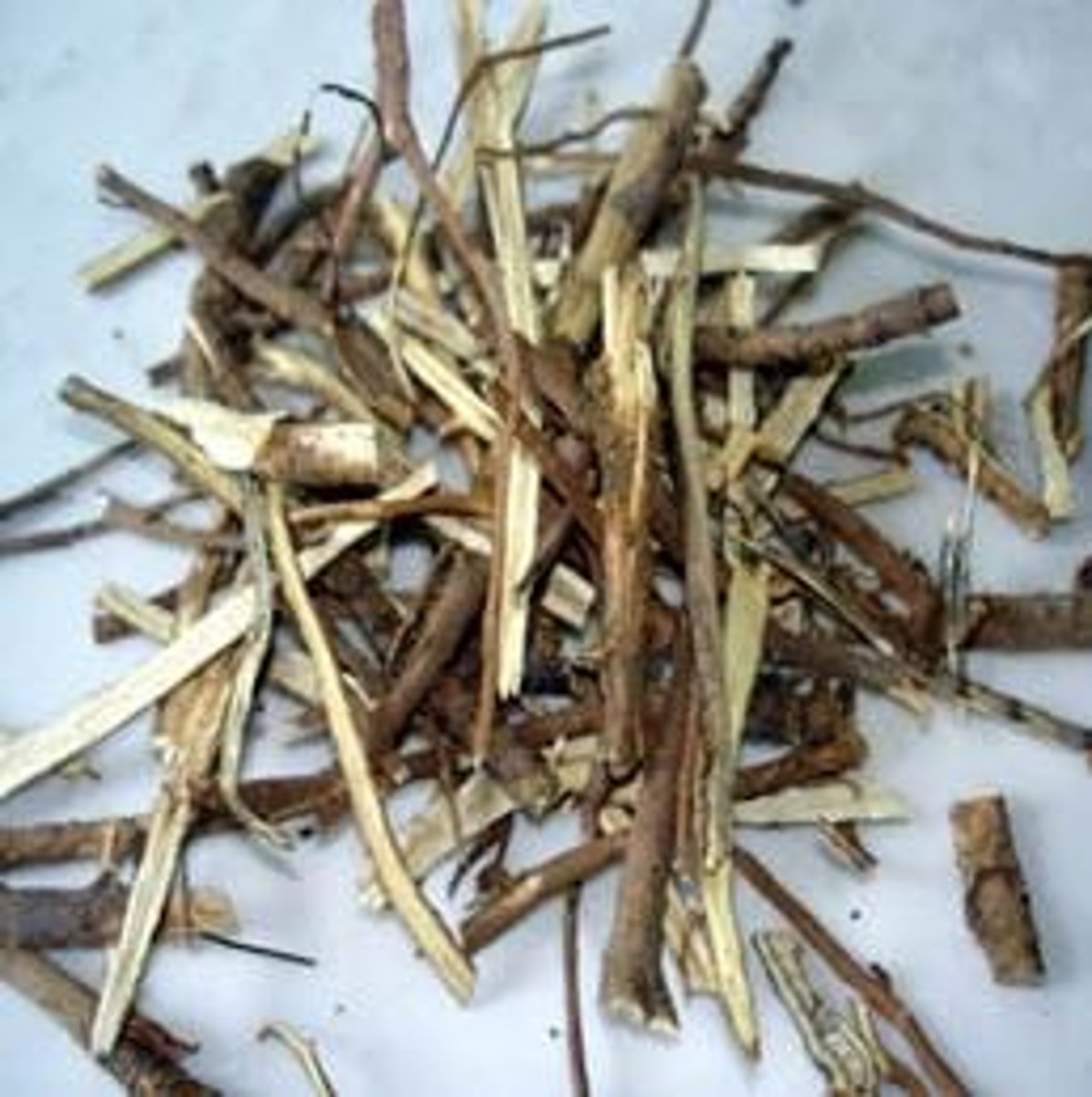
Compounds
A combination of ingredients designed to treat a specific illness or condition ie) smallpox was treated with a compound of red rose, ground fine and bamboo juice
Bloodletting
Bleeding was one of the many methods used to help restore the balance in the Four Humours. Illness was said to happen when the body created too much blood so it was the obvious treatment.

Leeches
Leeches have been used in medicine for over 2500 years! It is a natural form of bloodletting, and their saliva contains a natural anti-coagulant that anaesthetises the wound area reducing pain from their bite. It was believed in medieval times that leeches only removed "impure" blood from the body, leaving behind "good" blood - still used today
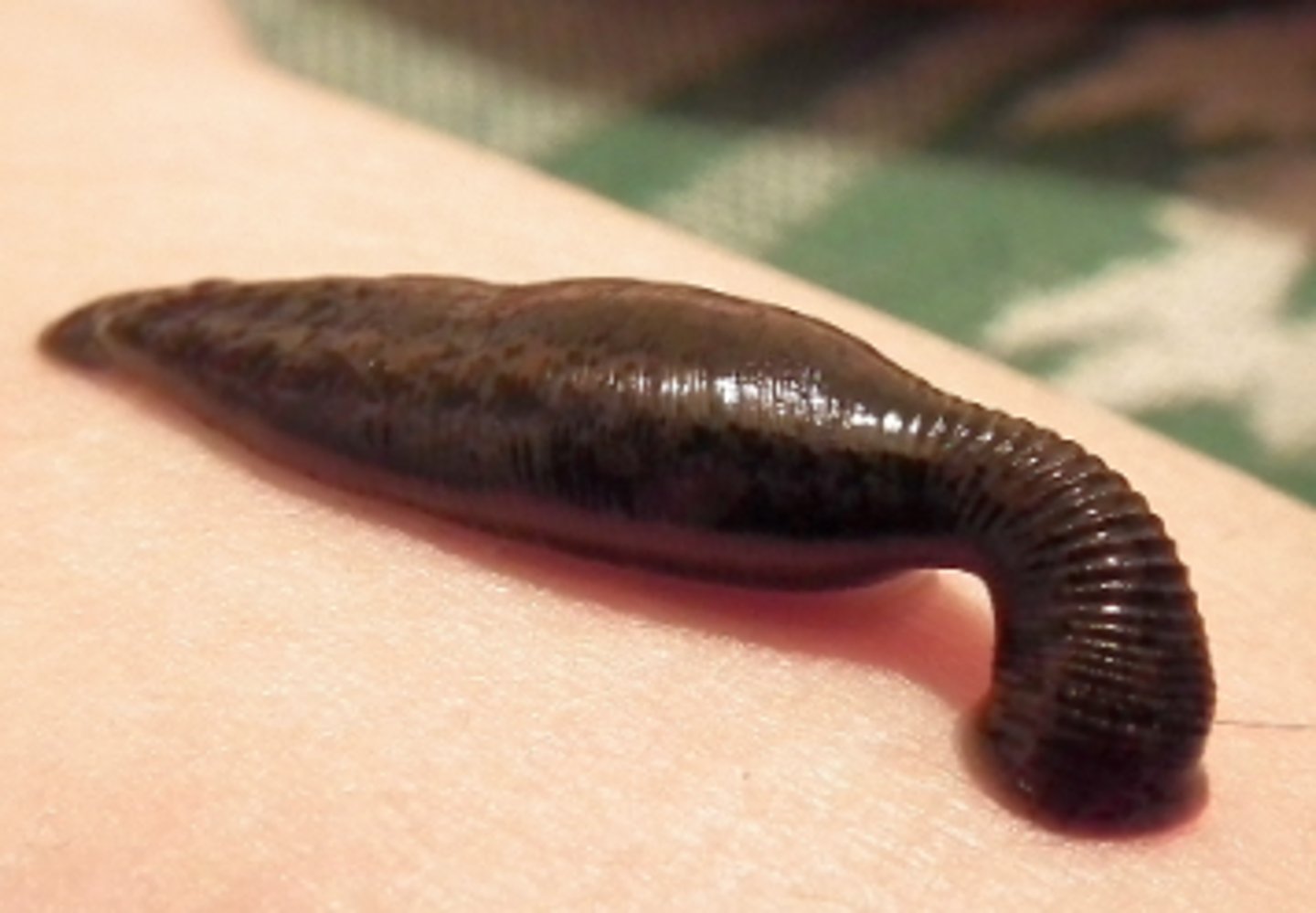
Cupping
Using a hot cup to act as a vacuum to suck out blood through a small cut in the body
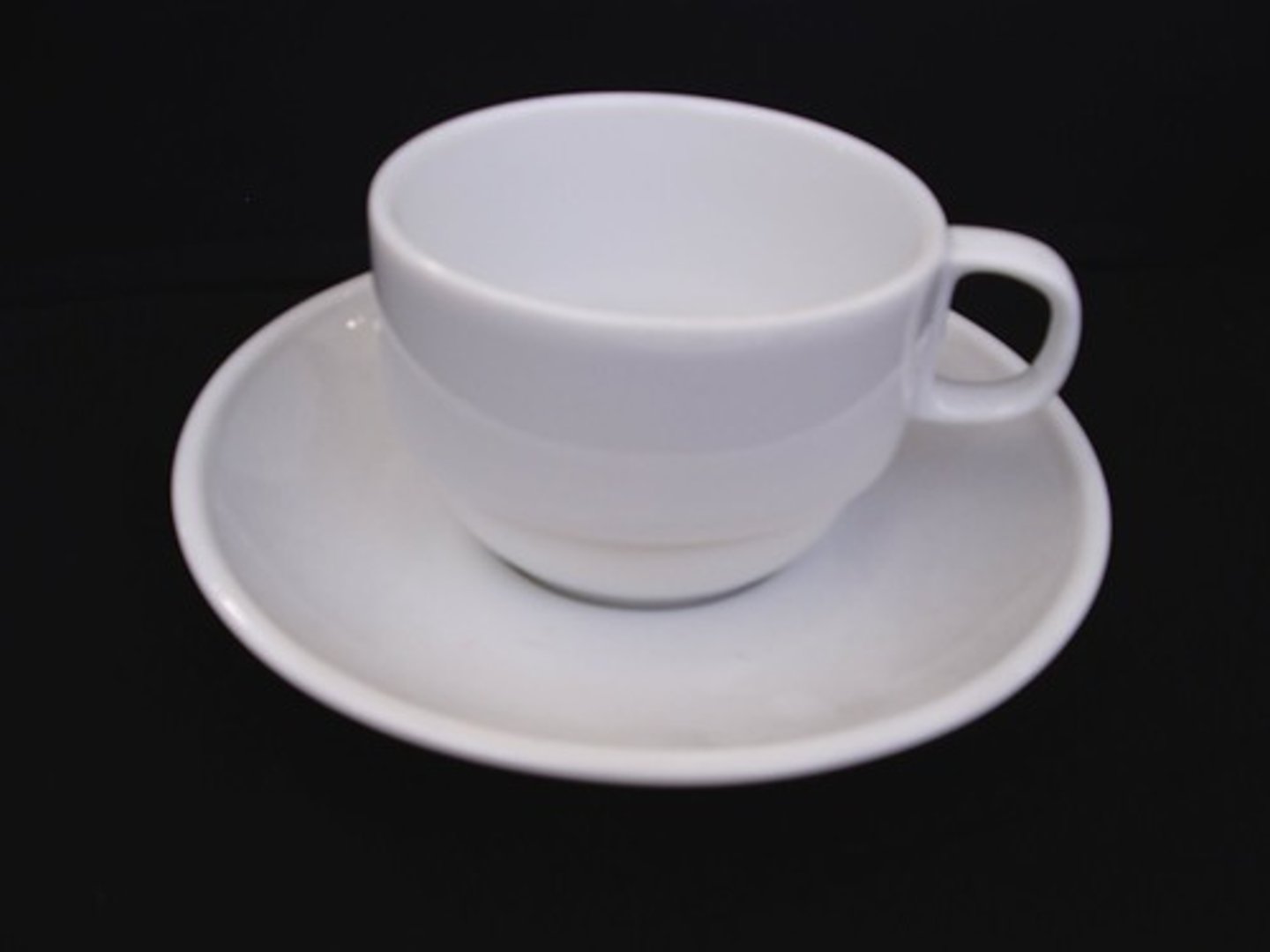
Urine Charts
Urine was a vital diagnostic tool. The physicians would look carefully at the colour and analyse the smell and even taste. The state of the urine sample would determine the treatment. But urine samples are still taken and used today!
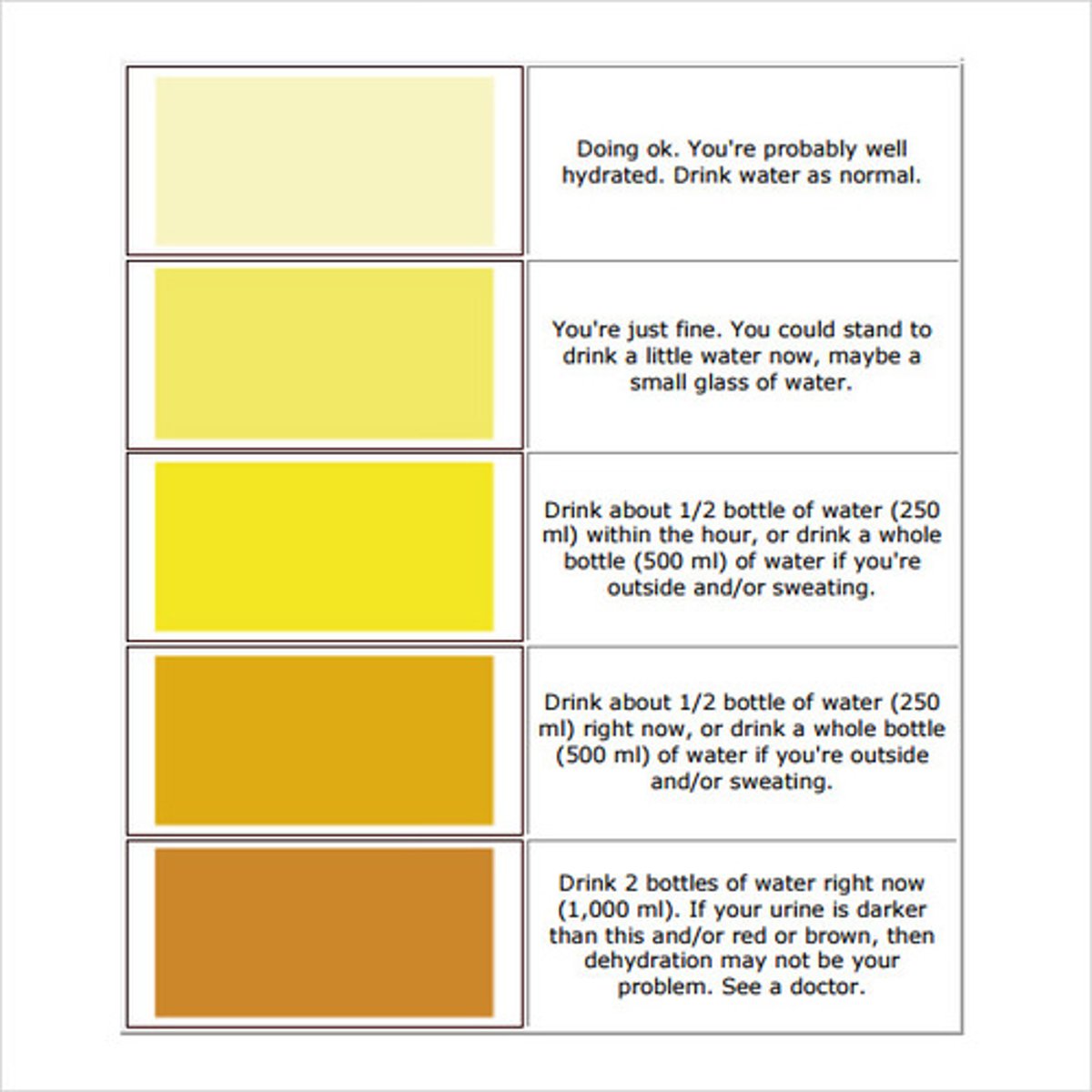
Zodiac Charts
Most physicians during the medieval period carried a Zodiac Chart. These charts would tell a physician which part of the body were linked to which astrological sign, and therefore dictates what they will do to treat their patient. And some treatments might not work on some signs for example a certain herb may work on a virgo but the same herb may not work on a pisces.
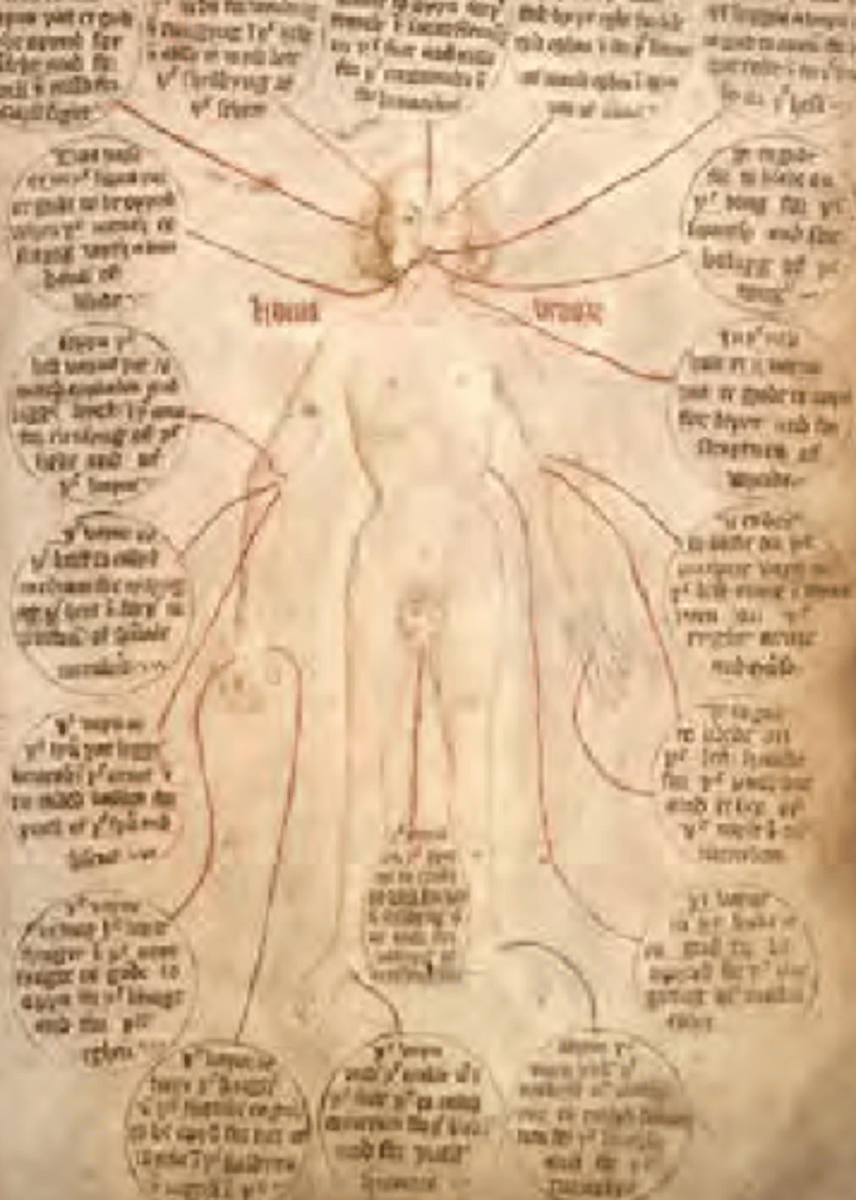
Barber Surgeon
A man, who underwent 6 months training, that did surgical operations and cut the hair of his patients
